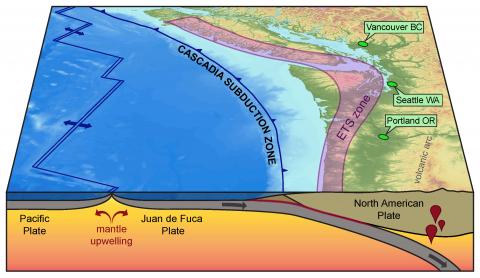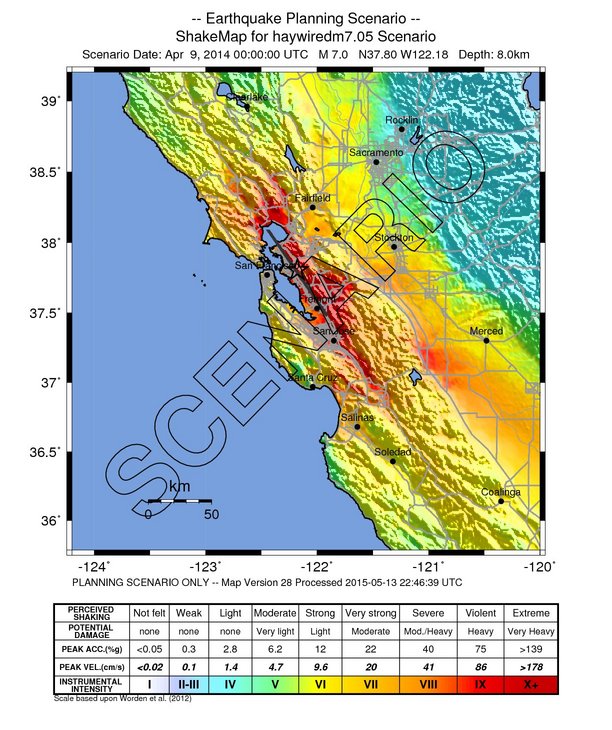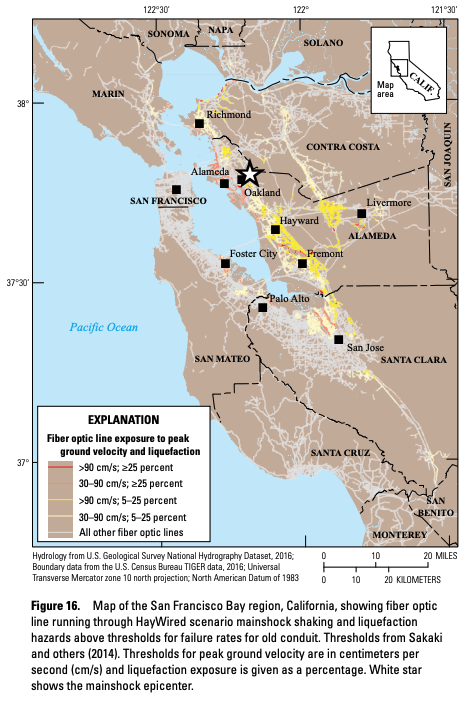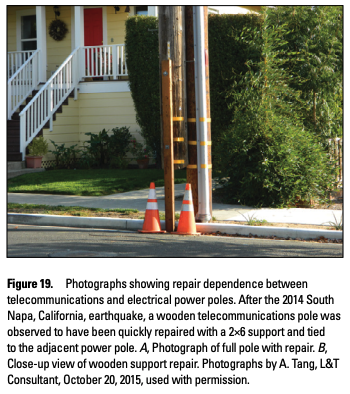To those of you who find yourself wearing a new hat, that of teacher🧑🏫, climb aboard for a virtual fieldtrip through #EarthScience teacher resources from @USGS and partners. Thread [1/n] #EduTwitter
Like Ms. Frizzle, we hope to make learning fun, answer your questions, and provide info and resources for those of you now teaching earth science around the kitchen table.
The first place you might go is our Cool Earthquake Facts page, full of info guaranteed to improve your trivia knowledge: usgs.gov/natural-hazard…
Next, take a look at The Science of Earthquakes: usgs.gov/natural-hazard…
For a really interesting aspect of earthquakes, go here to listen to them 🔊👂: earthquake.usgs.gov/education/list…
And to learn about the story of plate tectonics, try this classic online publication (almost as old as plate tectonics itself!):
pubs.usgs.gov/gip/dynamic/dy…
pubs.usgs.gov/gip/dynamic/dy…
More great earthquake education resources for teachers, students, and children at home can be found at:
earthquake.usgs.gov/learn/kids/
earthquake.usgs.gov/learn/kids/
And don’t forget to follow our awesome Volcano science colleagues @USGSVolcanoes (they’ll tell you, among other things, that Yellowstone is not about to cause the end of civilization).
You might also visit our colleagues and partners @IRIS_EPO who provide really great earthquake info and other learning resources:
iris.edu/hq/inclass/sea…
iris.edu/hq/inclass/sea…
Folks at @UNAVCO also have super educational content about active tectonics:
unavco.org/education/outr…
unavco.org/education/outr…
For other @USGS science programs, check out:
usgs.gov/science-suppor…
@USGS_Water
@usgs_seismic
@USGSAquaticLife
@USGSMinerals
@USGS_AstroGeo
@USGS_YES
usgs.gov/science-suppor…
@USGS_Water
@usgs_seismic
@USGSAquaticLife
@USGSMinerals
@USGS_AstroGeo
@USGS_YES
Y para materiales didácticos sobre terremotos en español, consulte estos cuatro enlaces de @IRIS_EPO, @SCEC, @ECA:
scecinfo.usc.edu/eqcountry/root…
iris.edu/hq/programs/ep…
iris.edu/hq/inclass/sea…
terremotos.org
scecinfo.usc.edu/eqcountry/root…
iris.edu/hq/programs/ep…
iris.edu/hq/inclass/sea…
terremotos.org
• • •
Missing some Tweet in this thread? You can try to
force a refresh













